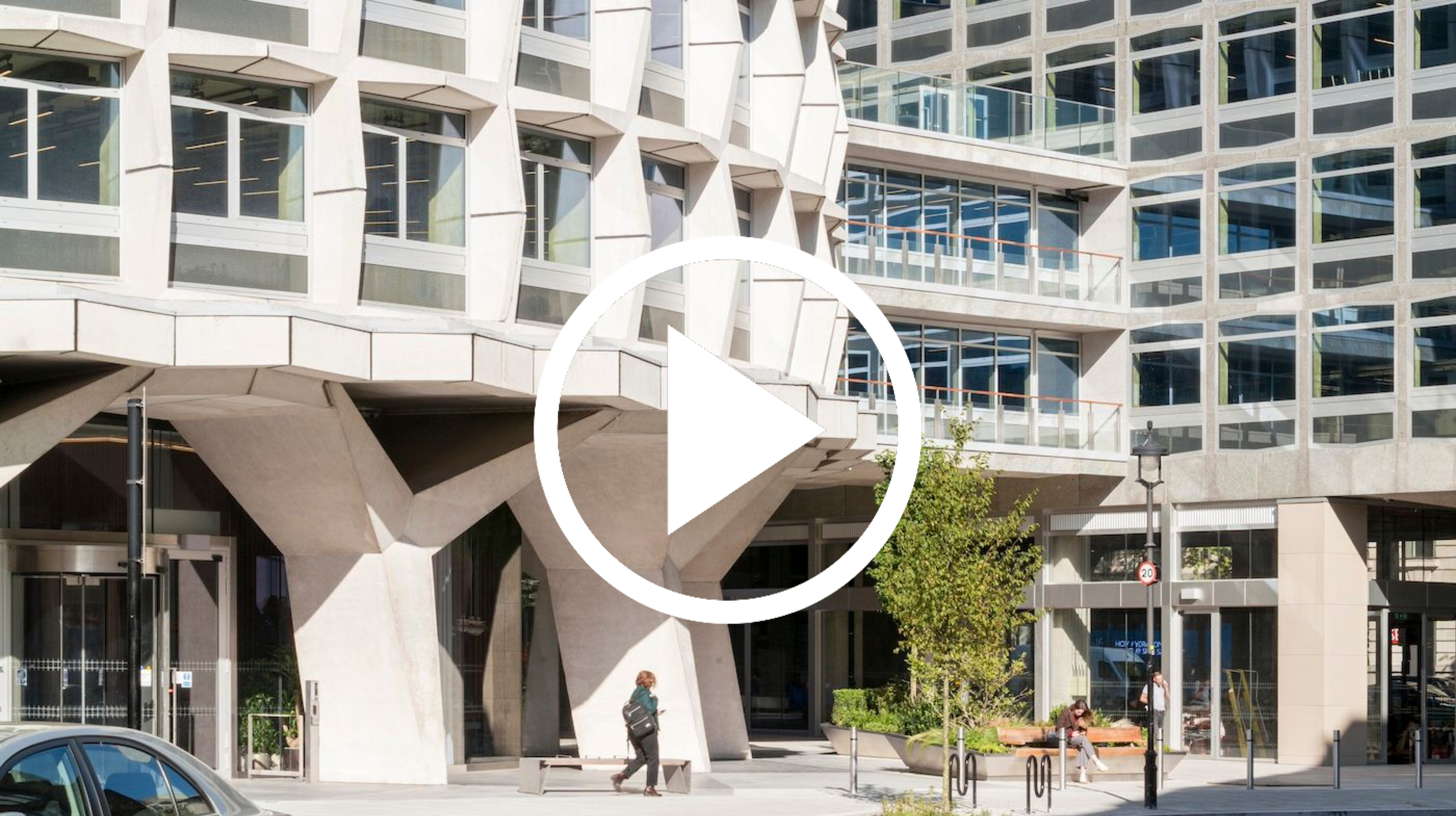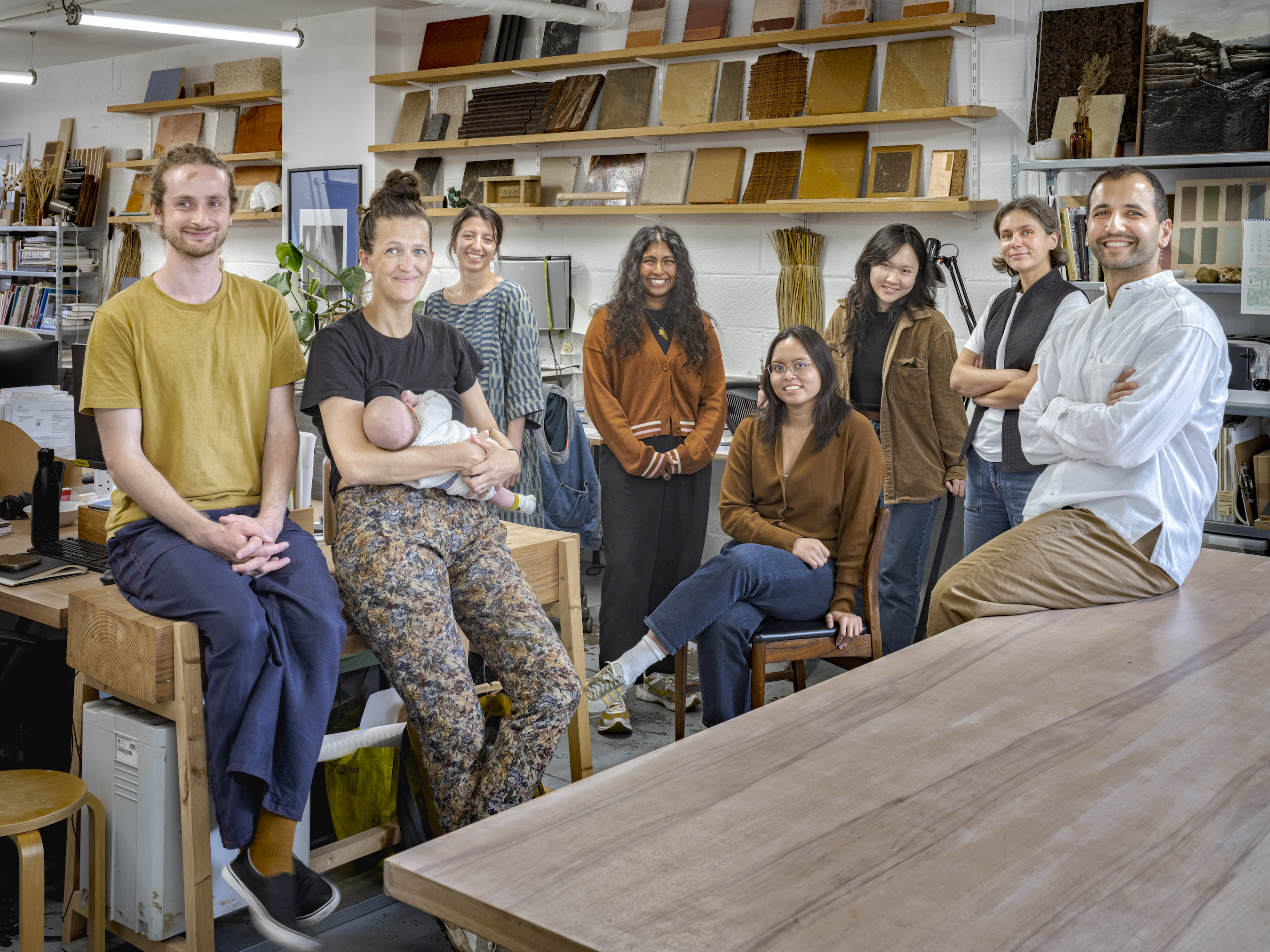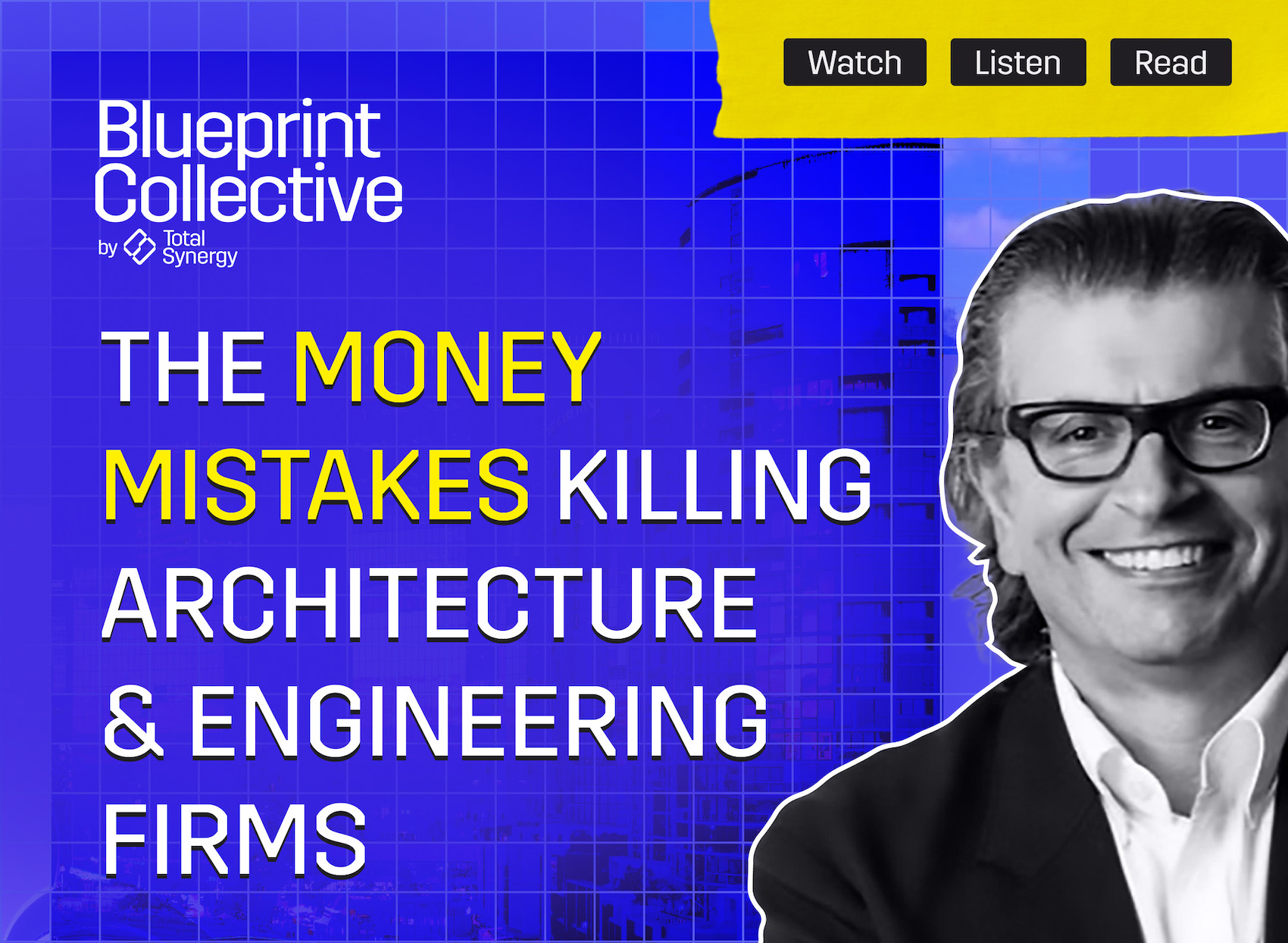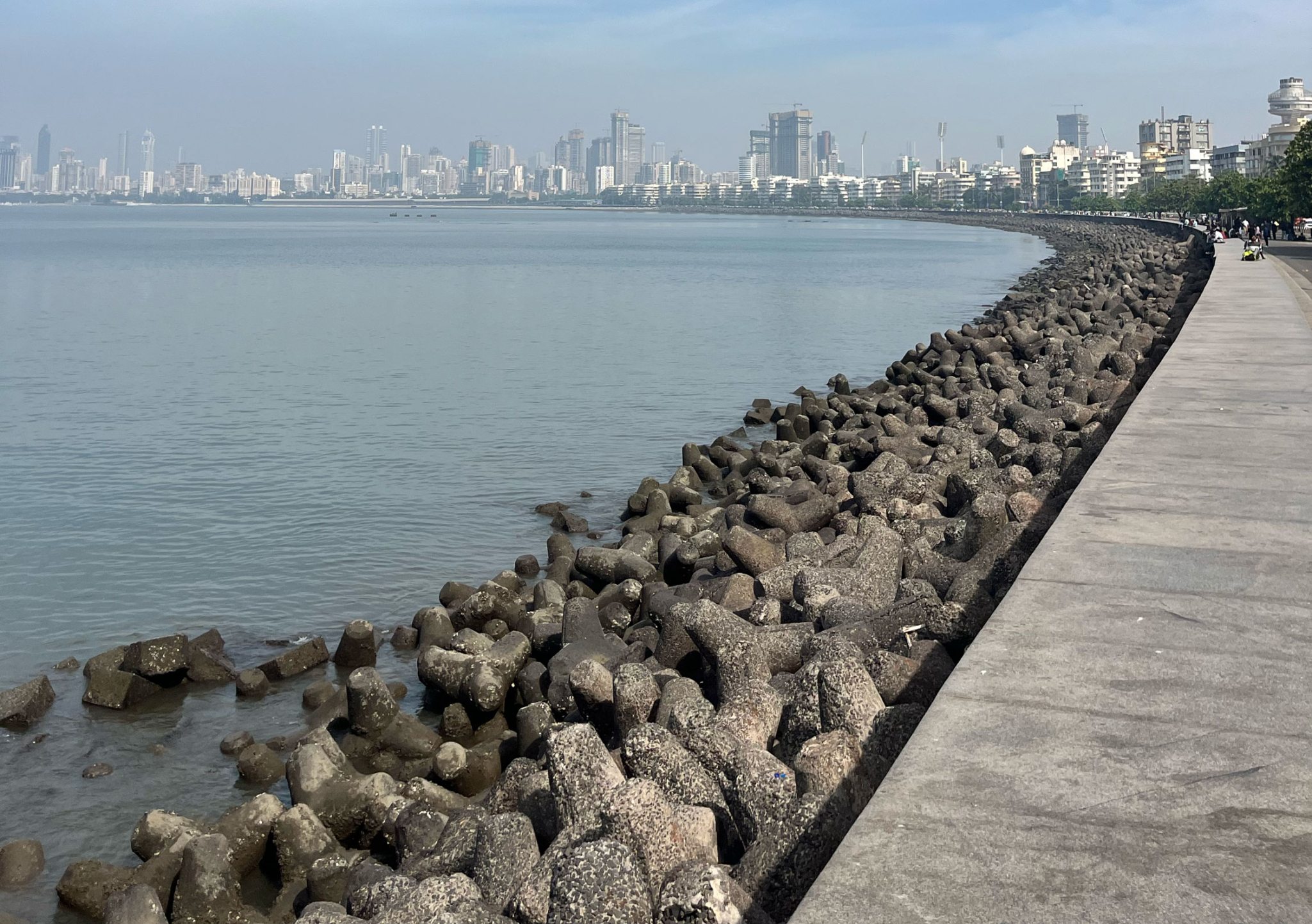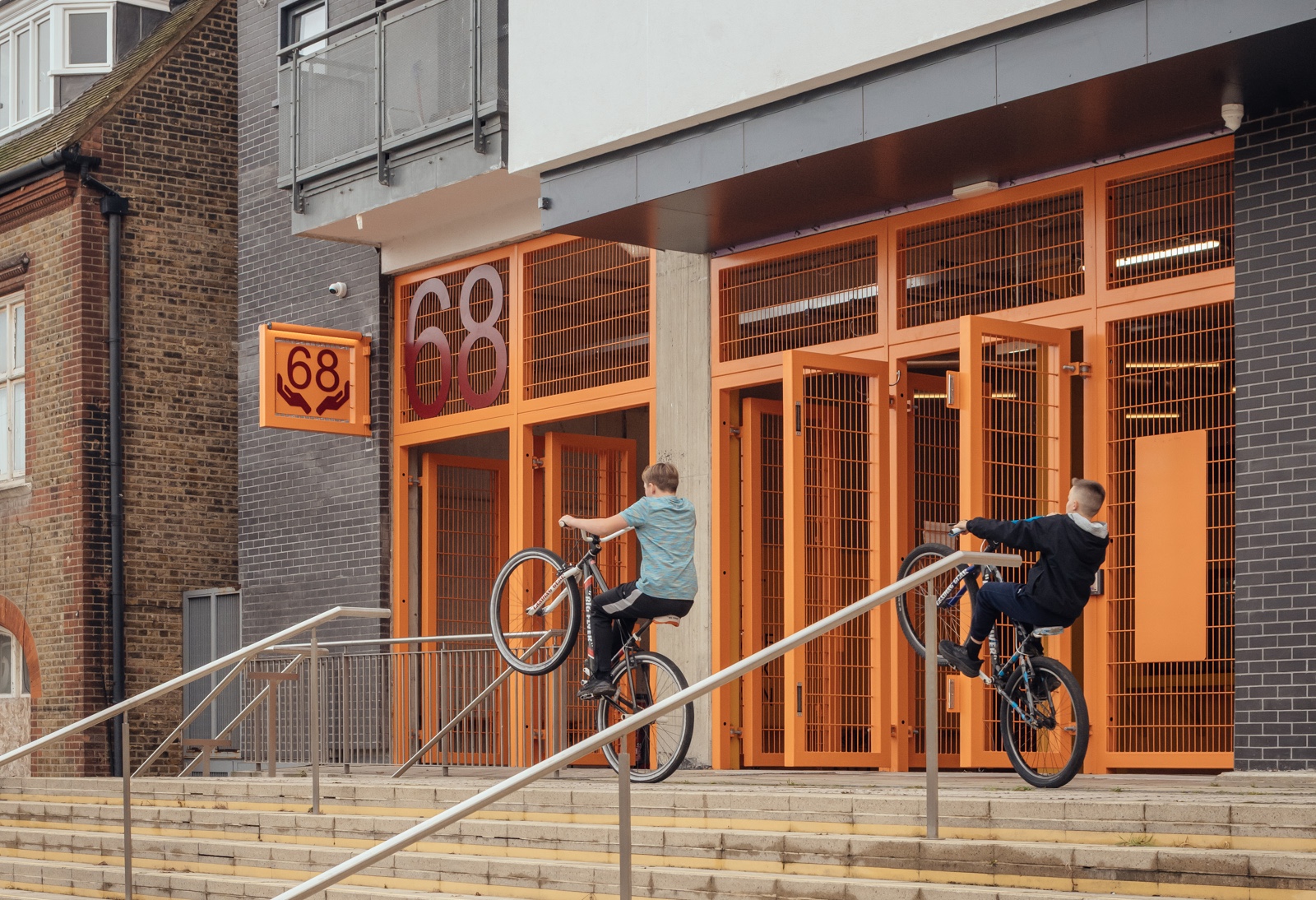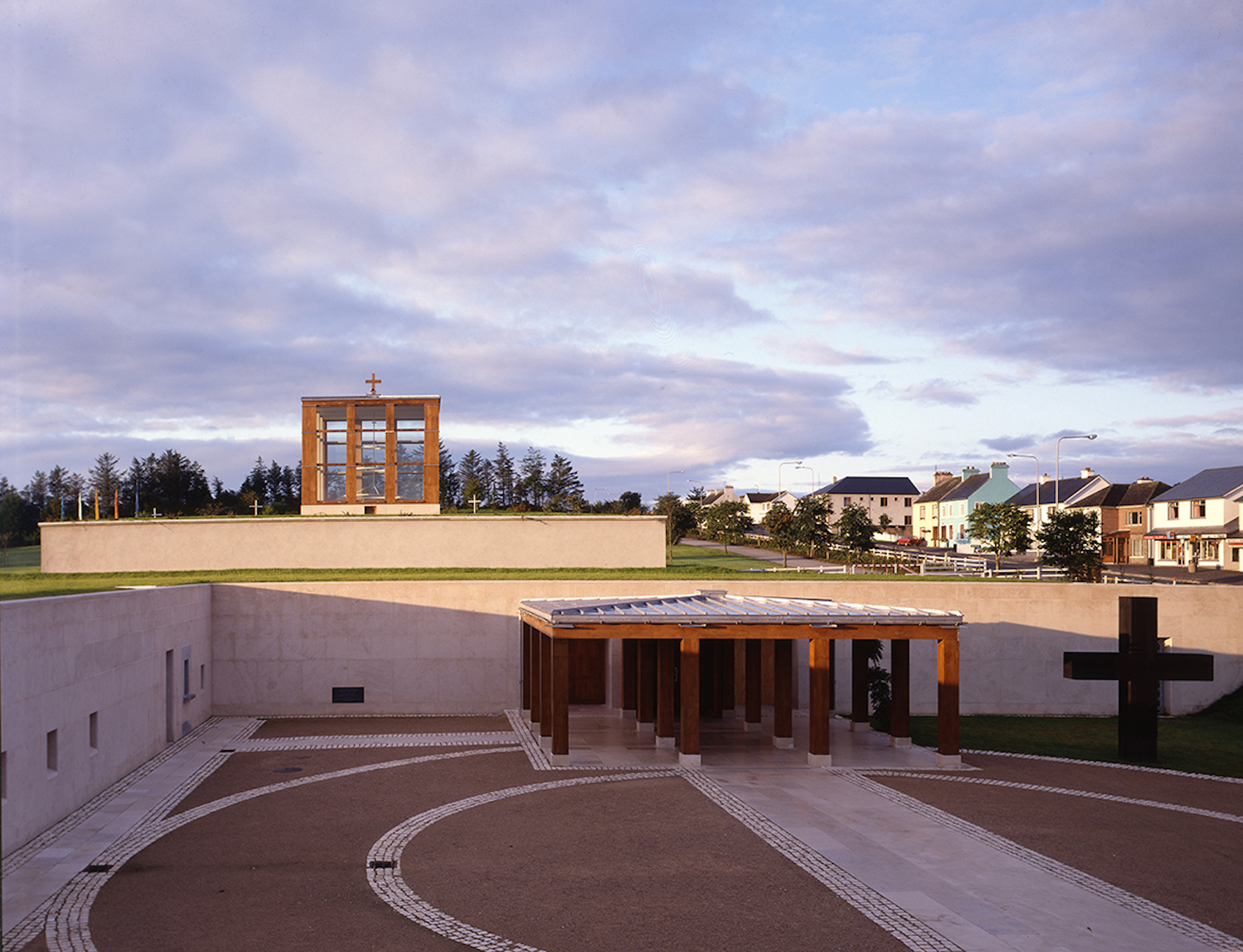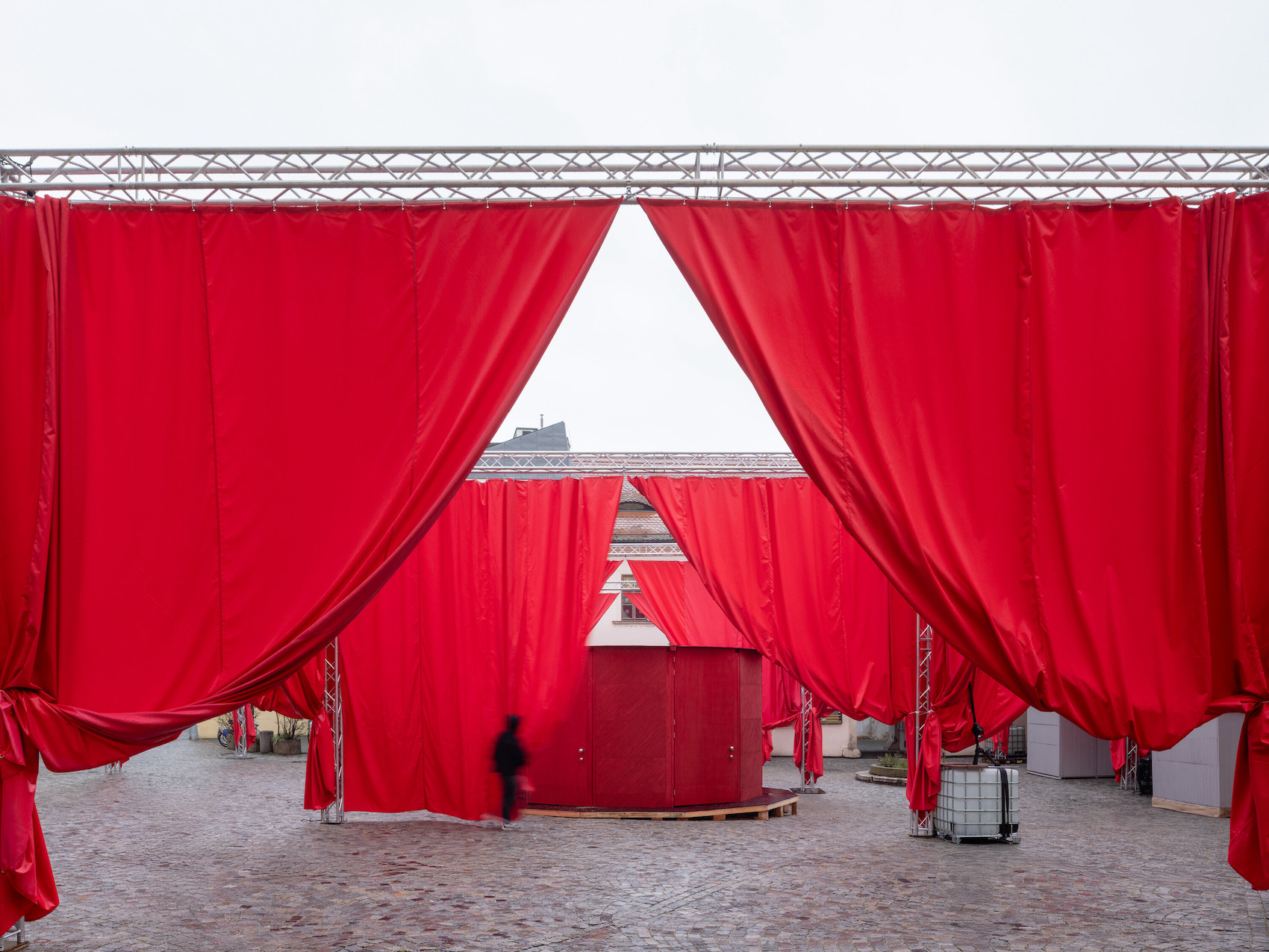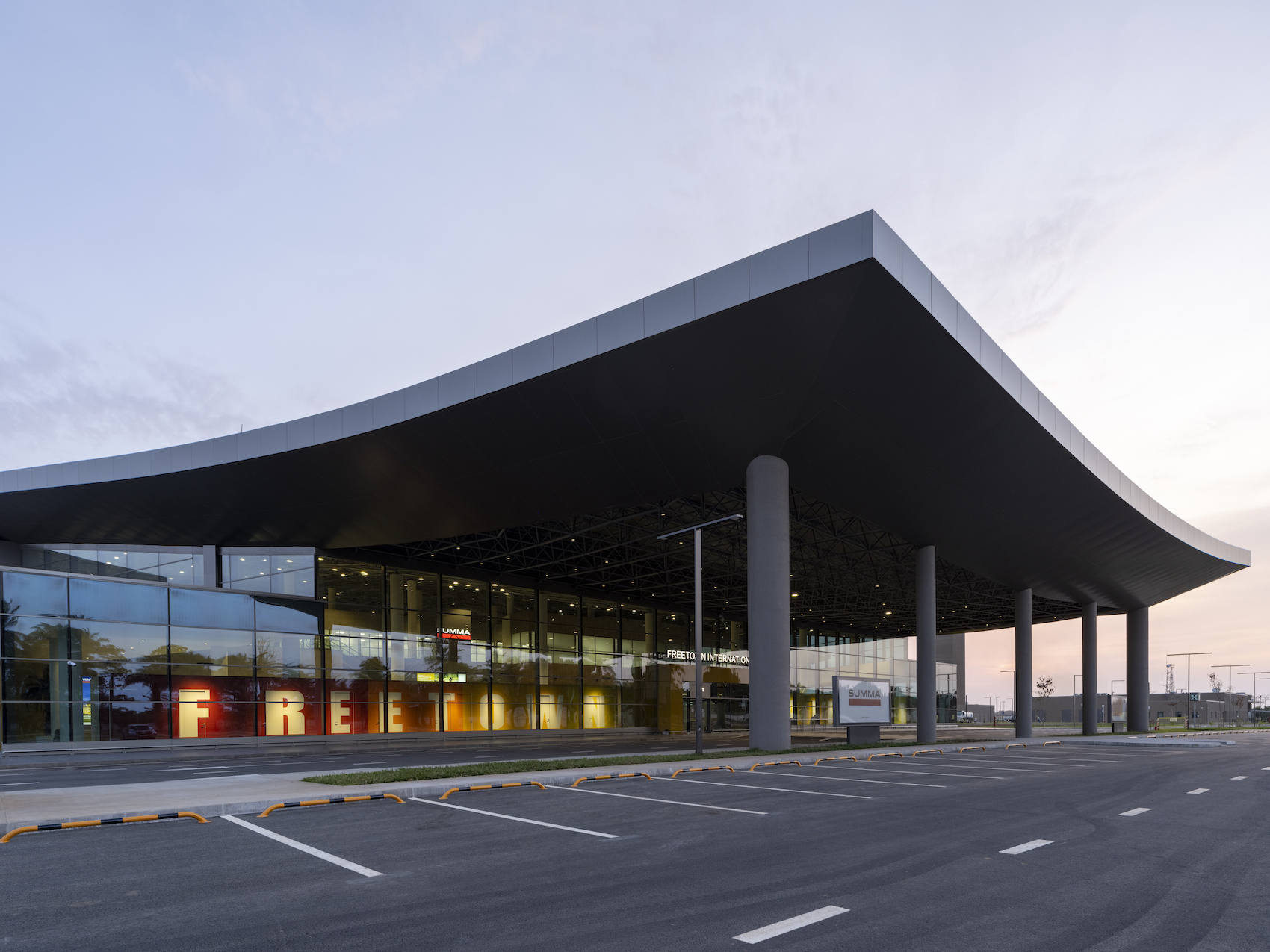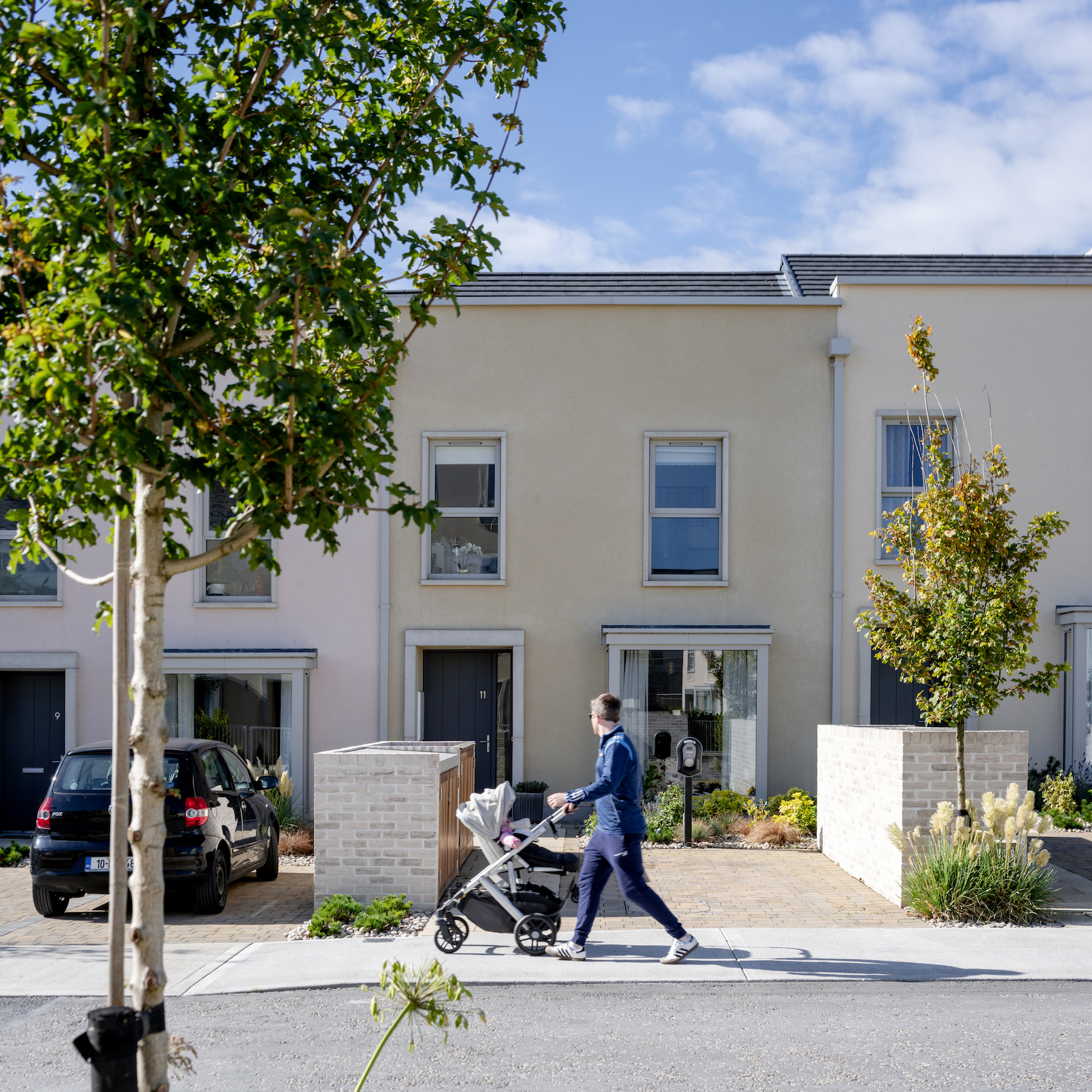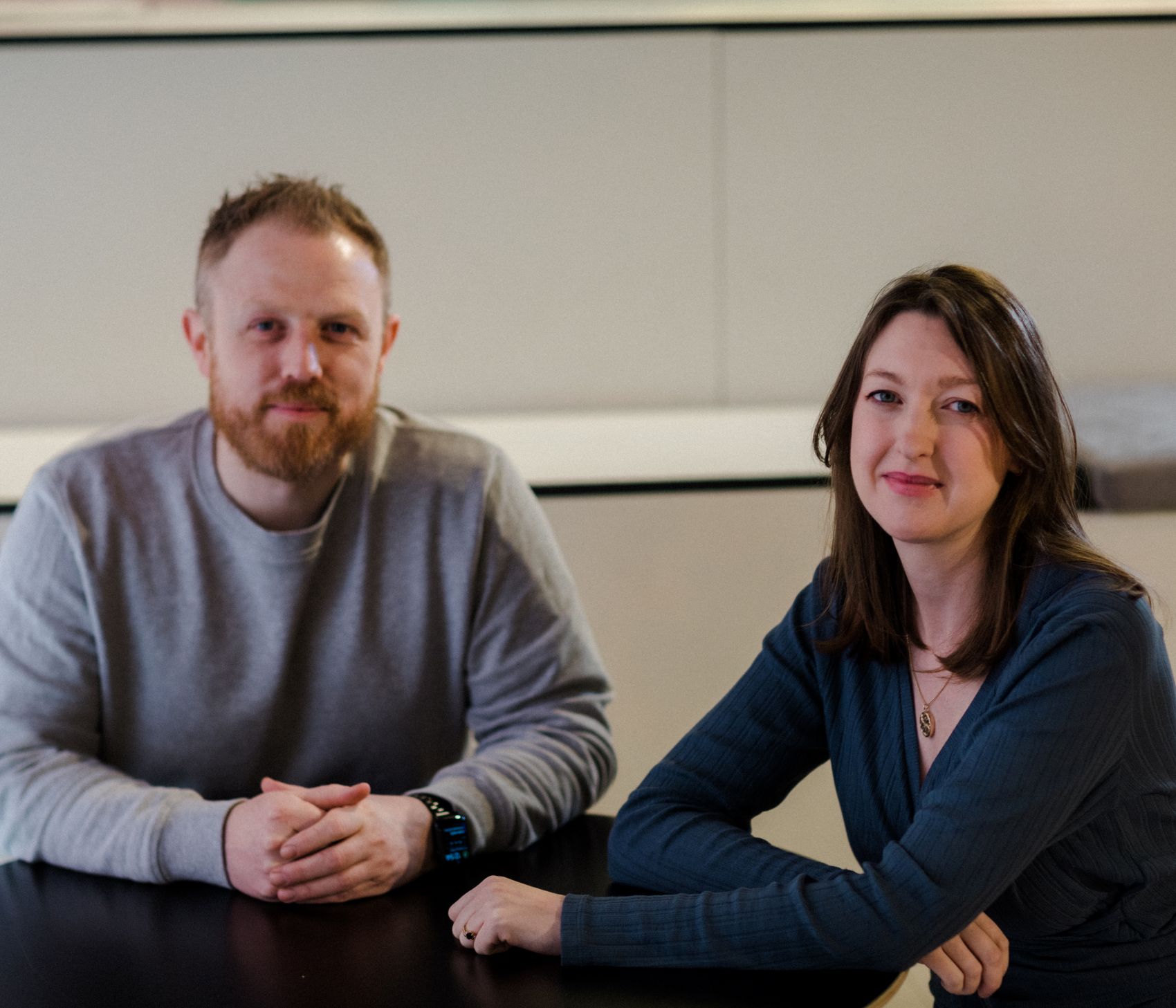Architecture Today’s latest Business Breakfast brought together practice leaders to discuss the urgent need to decarbonise architecture’s operational models — and how internal infrastructure, shared values and new technologies are transforming the way we work.
In association with![]()
The most recent AT Business Breakfast, hosted in partnership with Inevidesk, gathered practitioners for a timely conversation about reducing the carbon impact of architectural practice itself. Taking place on 7 May 2025, the briefing featured presentations from Jude Barber, director at Glasgow-based Collective Architecture; Tim Whiteley, co-founder of Inevidesk; and Matteo Orsi, head of digital at Morris+Company. The three talks highlighted embedding sustainable values into operations, reconciling affordability with ambition, and adapting digital infrastructure to enable flexible, low-carbon ways of working.
Practice from within
Jude Barber opened by outlining how Collective Architecture has rooted its entire organisational model in sustainability and fairness. Operating as an employee-owned trust, the 50-strong practice aims to distribute intellectual and financial ownership equally — values which extend directly into its approach to climate action.
Barber described how the practice has evolved from general architecture into a series of integrated specialisms, including energy, strategy and conservation. These internal teams work collaboratively across projects, bringing specialist knowledge into everyday design. She pointed to a current retrofit of two brutalist towers in Edinburgh as a typical example — where energy, conservation and social engagement strategies are combined in a single project aimed at delivering performance, equity and continuity of place.
Rather than being driven solely by regulatory or client demands, Collective Architecture’s climate action strategy group is internally led, with staff across all levels contributing to a rolling programme of goals, workshops and peer-to-peer learning. “We can’t just muddle along together and try to learn on the job,” Barber stressed. “Climate action is holistic and involves all aspects of architecture. We’ve picked a climate action group and this group has really been pushing me — it’s been pushing everybody in the business — to really think about how we create a framework for regenerative practice.”
She emphasised the importance of self-critique, acknowledging areas where progress is still needed — such as in ecology and biodiversity — and celebrated examples where systems thinking is yielding results, such as in North Glasgow’s Seven Lochs Wetland Park and Govan’s riverfront renewal. Barber closed by arguing that embedding environmental values into the DNA of a practice doesn’t just deliver better outcomes — it can also create new forms of knowledge, ownership and opportunity. “It’s about redefining what a thriving, holistic architectural practice can be — for society, for the planet, and for each other.”
Digital infrastructure and the carbon equation
Tim Whiteley followed with a presentation on how virtual desktop infrastructure (VDI) is enabling more sustainable, resilient and scalable IT systems for architectural practices. Drawing on over two decades of experience working with high-performance computing in the AEC sector, Whiteley outlined how Inevidesk’s platform — developed specifically for architects — can drastically reduce hardware-based carbon impacts.
He cited independent analysis showing that a virtual workstation can emit up to 62 per cent less carbon over a five-year lifecycle than its physical equivalent. These savings stem from centralising computing power, reducing hardware replication across offices, and allowing fine-grained reallocation of system resources — all of which support more efficient energy use, extended equipment life, and minimal downtime.
“Historically, if you were an organisation that had multiple offices, you’d have infrastructure in each of those offices,” said Whiteley. “Maybe you have a server in each office, for example. With virtual desktop infrastructure, you don’t need to do that because you’re centralising all your workstation resources and all your server-based resources in one place. That might be a server room in your main office, or it could be a data centre. But either way, it’s centralised – and effectively you’re preventing the replication of equipment and you’re using less power overall.”
Whiteley also touched upon how this makes managing security easier. “If you only have to secure one location because everything is in one location, it’s just much easier to manage. It’s easier to keep that secure than to try and secure lots of different locations or lots of different endpoints.”
He also argued that virtualisation supports hybrid working and office adaptability, allowing teams to access powerful computing from low-spec machines in any location, suggesting that such flexibility would become increasingly important as AI enters the architectural workflow. “We don’t know what’s coming,” he said, “but if your infrastructure is built around sustainability, flexibility and security, you’ll be better prepared for whatever comes next.”
Sustainability through systems thinking
Matteo Orsi concluded the event with a detailed case study of Morris+Company’s recent office move — and the opportunity it provided to reimagine how digital infrastructure supports sustainable operations. As part of a wider retrofit project, the practice transitioned its IT systems to a virtual desktop model using Inevidesk’s platform, eliminating the need for local servers and standardising digital environments across the studio.
For Orsi, the impact has been both technical and cultural. With computing power now housed off-site, previously resource-intensive tasks such as software maintenance, hardware upgrades and security are centralised, reducing waste and improving efficiency. At the same time, the move has supported a flexible, hybrid working model that enables collaboration across borders while cutting down on commuting and international travel.
“We call it circular environment because circularity (and sustainability) informs all our operations, even IT, which usually is not at the forefront of this conversation.”
“It helps us to reimagine the way we collaborate. There’s no need to be attached to a desk. The laptop is now the preferred way for us to connect to our system.”
Importantly, Orsi also noted that these changes are not only operational — they’re now integral to the practice’s B-Corp certification process, which requires rigorous carbon accounting across all business activities. “Efficiency is sustainability,” he said, “and the more we streamline our systems, the more we can focus on design — not maintenance.”
The session concluded with audience questions ranging from IT performance concerns to funding models for community-led work. Barber responded candidly, noting that passion projects like her podcast Who Owns the Clyde? are largely self-funded but help build influence, credibility and new forms of engagement that feed back into the business. “It’s a tough industry,” she admitted. “But if we’re going to deliver the change that’s needed, we have to act — and structure — differently.”










